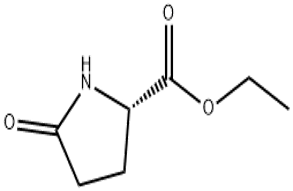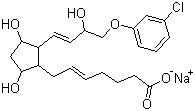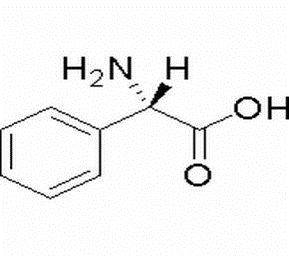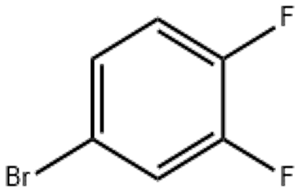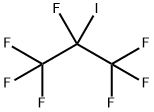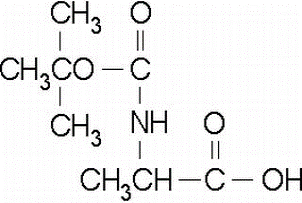Ethyl L-pyroglutamate(CAS# 7149-65-7)
Risk and Safety
| Hazard Symbols | Xi – Irritant |
| Risk Codes | 36/37/38 – Irritating to eyes, respiratory system and skin. |
| Safety Description | S26 – In case of contact with eyes, rinse immediately with plenty of water and seek medical advice. S36 – Wear suitable protective clothing. S37/39 – Wear suitable gloves and eye/face protection |
| WGK Germany | 3 |
| FLUKA BRAND F CODES | 3-10 |
| HS Code | 29339900 |
Ethyl L-pyroglutamate(CAS# 7149-65-7) Information
| Introduction | ethyl L-pyroglutamate is a white to cream colored, low melting solid that is a non-natural amino acid derivative, unnatural Amino acids have been used in bacteria, yeast and mammalian cells for protein modification, which have been applied in basic research and drug development, biological engineering and other fields, it is widely used to detect protein structural changes, drug coupling, biosensors and so on. |
| Use | ethyl L-pyroglutamate can be used as pharmaceutically active molecules and intermediates in organic synthesis, for example, synthetic biologically active molecules such as HIV integrase inhibitors. In the synthetic conversion, the nitrogen atom in the amide group may be coupled with iodobenzene, and the hydrogen on the nitrogen atom may be converted into a chlorine atom. In addition, the ester group may be converted into an amide product by a urethane exchange reaction. |
| synthetic method |
add L-pyroglutamic acid (5.00g), P-toluenesulfonic acid monohydrate (369 mg, 1.94 mmol) and ethanol (100 mL) were stirred overnight at room temperature, the residue was dissolved in 500 EtOAc, the solution was stirred with potassium carbonate and (after filtration), the organic layer was dried over MgSO4, and the organic phase was concentrated in vacuo to give ethyl L-pyroglutamate. Figure 1 synthesis of ethyl L-pyroglutamate |
Write your message here and send it to us


